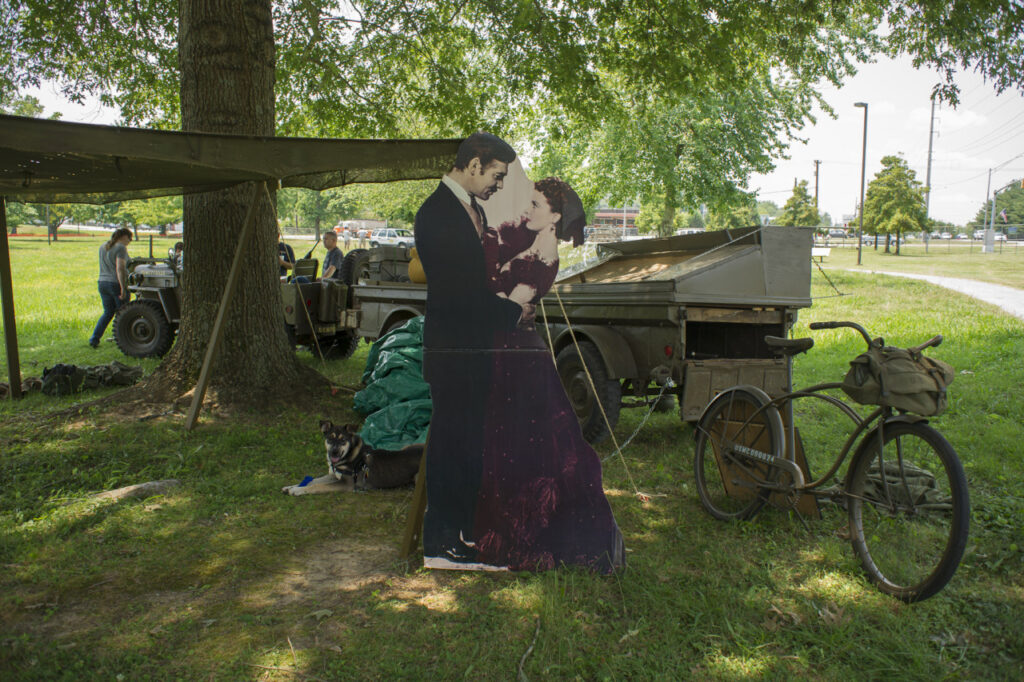
Today, if you drive through Oak Ridge, Tennessee, you can see some things that seem out of place. Old guard towers frame the city’s corners, certain exit roads are restricted access, and a large contemporary billboard reads “Y-12’s trash can be an enemy’s treasure!” with a stock photo woman haphazardly throwing wadded up paper over her shoulder.
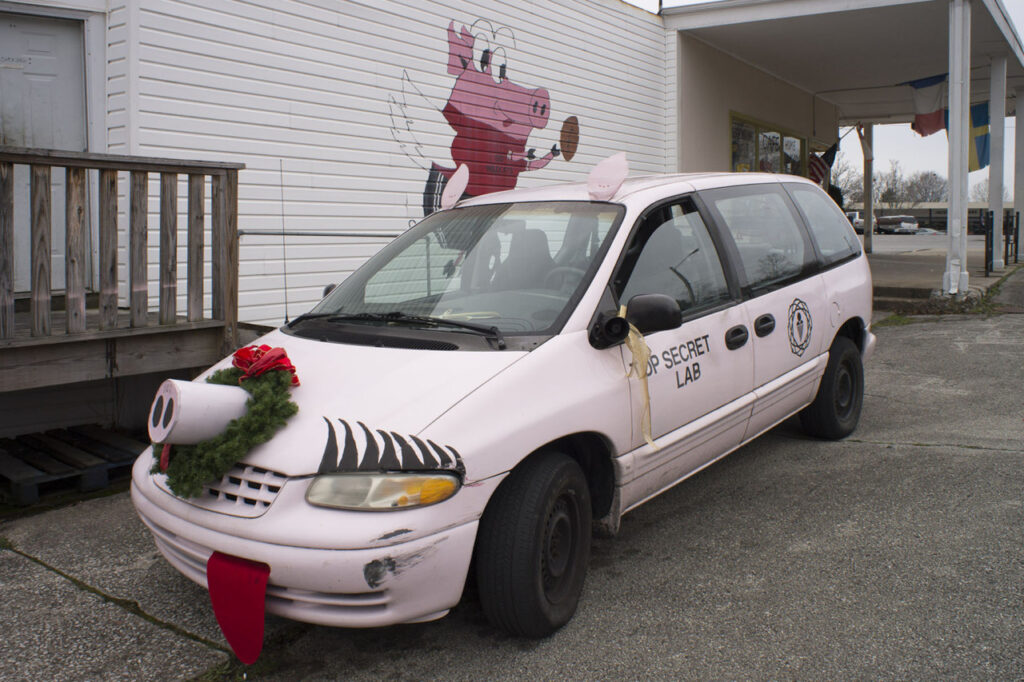
Oak Ridge was formed by the government in 1942 as part of the Manhattan Project—made famous for the production of the atomic bomb. Surrounded by mountains and dubbed the Secret City, the rural area was kept hush-hush by residents. At its peak, 75,000 men and women lived in the city and few had any idea of what exactly was being produced.
For the most part, the workers were quarantined. A unique side effect was an abundance of leisure activities: from one of the nation’s largest outdoor swimming pools (still in operation) to swinging dance halls.
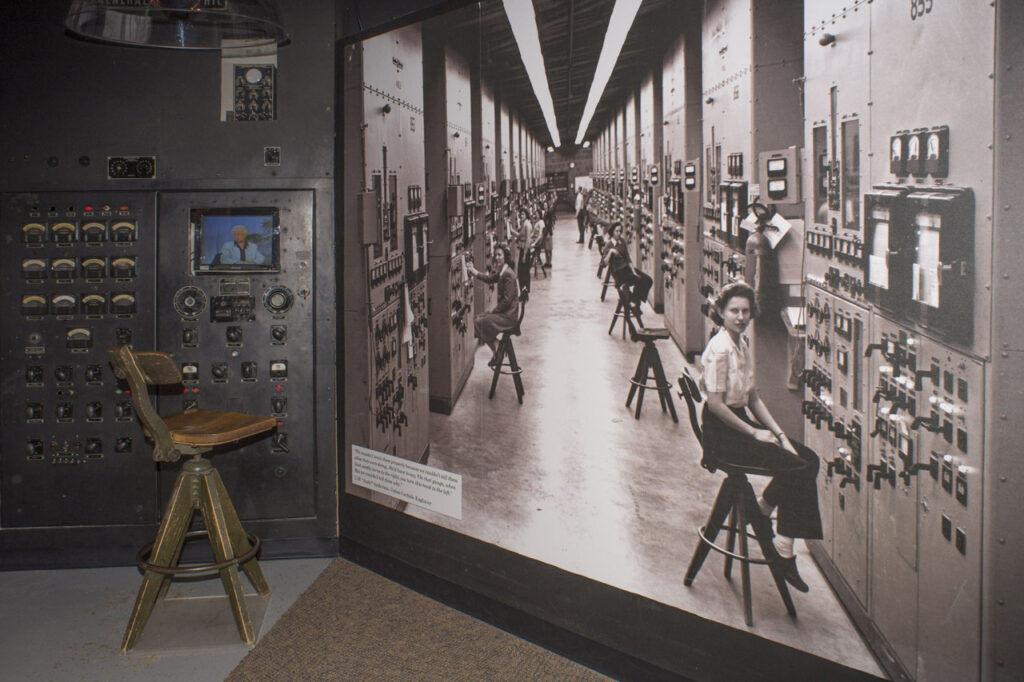
Photographer Ed Wescott, 91 years old and living in Oak Ridge, made one of the most intriguing photographic archives in US history. (A good number of his images can be seen here: http://photosofedwestcott.tumblr.com/.) Wescott documented the construction of the city and the people working and living there. His images are lyrical examples of American life—men jumping on trampolines and women at the hair salon—and in retrospect, they all have an underlying gravity.
The Y-12 National Security Complex and several other government facilities are still operating today. With proper photo identification, some paperwork, and $5, you can tour the old graphite reactors as well as several plants, and see the Y-12 museum.
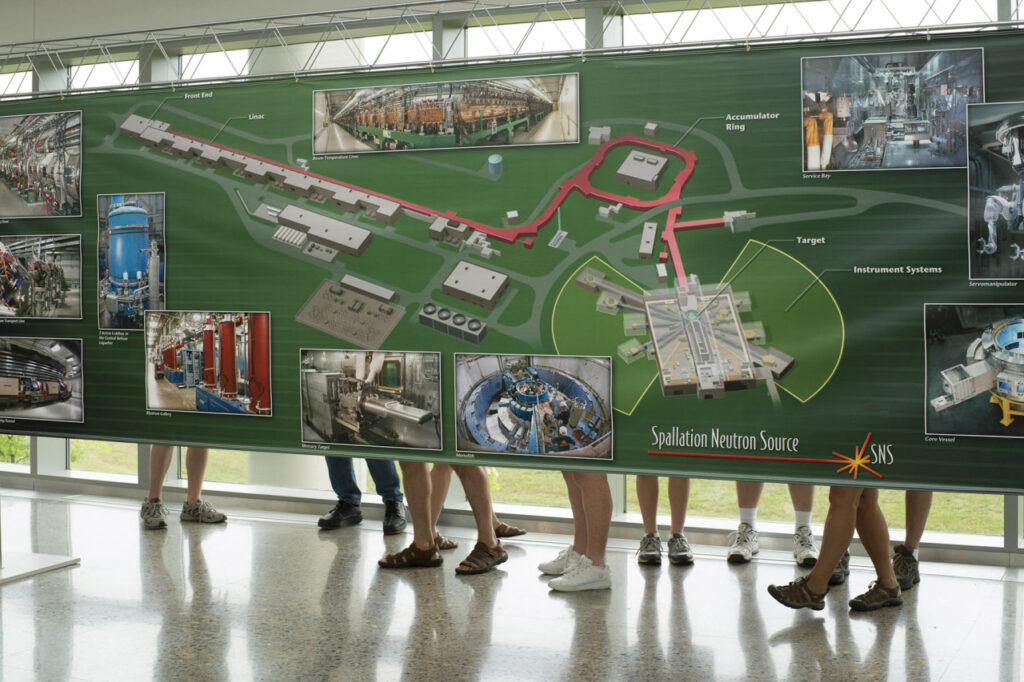
After hearing about the important things made there, like precision parts for space travel, a fellow traveller on my tour inquired about the facility’s current projects. The museum guide replied that she was not privileged to know their status and promptly moved us to the next video.
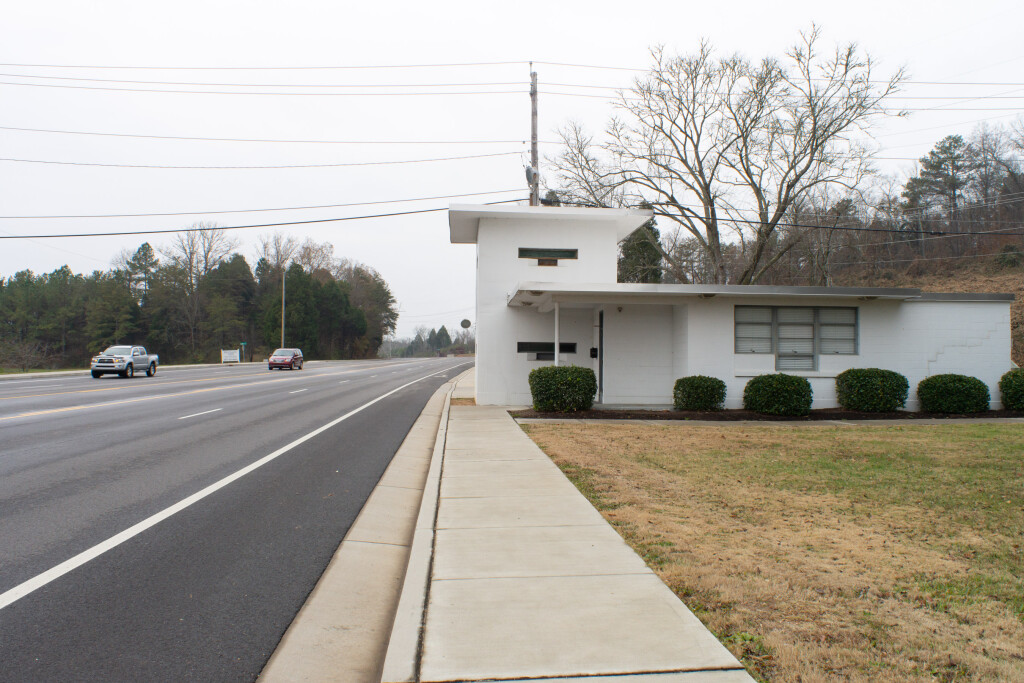
The city keeps its history alive with the American Museum of Science and Energy, train excursions, tours, and the Secret City Festival. Held annually in June, the event boasts the largest and one of the only WWII reenactments in the South (many of the people I spoke with also participate in much more common Civil War reenactments.)
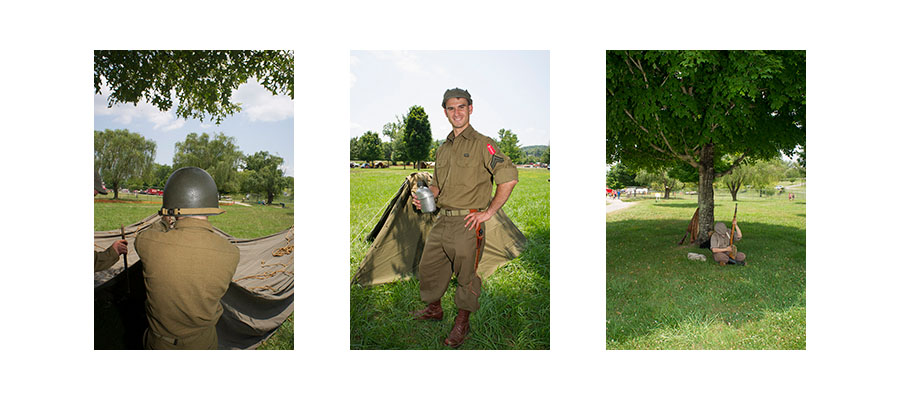
For further reading, I recommend Atomic Spaces: Living on the Manhattan Project by Peter Bacon Hales (on the non-fiction side) and Jefferson Bass’s Bones of Betrayal (for a fiction book). Jefferson Bass is actually two authors, one of whom is Dr. Bill Bass, creator of Tennessee’s own Body Farm (yet another fascinating Tennessee treasure).
